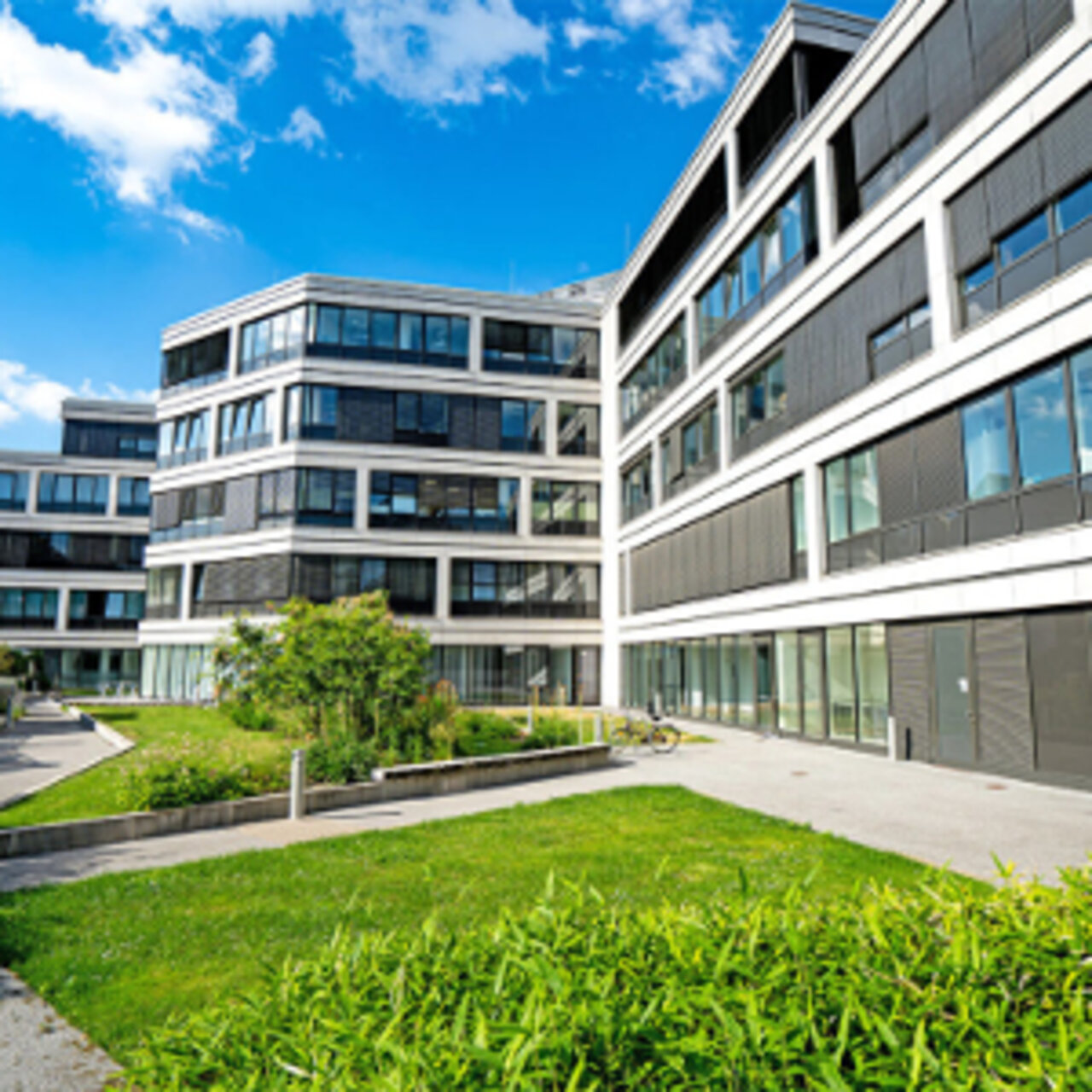Specialists in Complex regional pain syndrome
4 Specialists found
Information About the Field of Complex regional pain syndrome
What is complex regional pain syndrome?
Complex regional pain syndrome (CRPS) is a condition that involves severe and prolonged pain following an arm or leg injury. There is also hypersensitivity to pain, limited mobility and swelling of the affected limb.
What causes complex regional pain syndrome?
The pain is often the result of an injury, an operation or an accident, and even minor injuries such as sprains or contusions can cause the disease. CRPS may also occur after bone fractures, contusions or vascular occlusions. The development of complex regional pain syndrome is therefore not dependent on the severity of the injury.
As a result of the injury, there is a dysregulation of the sympathetic nervous system, which is responsible for increased blood flow, sweating, and heart function, among other things. Together with the parasympathetic nervous system, it forms the autonomic (involuntary) nervous system.
Any damage to nerve fibers leads to increased activity of the sympathetic nervous system, which promotes the release of pain-causing substances. In turn, the blood flow is slowed down causing water retention.
Which body parts can be affected by CRPS?
CRPS mainly affects the arms and legs. In rare cases, the face and other regions of the body may be affected.
How do the symptoms manifest?
The symptoms arise at or near the original site of injury. Typical symptoms can be divided into sensory disorders, motor disorders and unconscious (autonomic) control of the nervous system.
The sensory disorders may include a burning pain at rest, hypersensitivity to light touch (hyperesthesia) and painful stimuli (allodynia). Motor disorders manifest themselves in muscle weakness, restriction of movement, tremors and muscle twitching.
Fluid retention (edema), excessive sweating in the affected areas and elevated or decreased skin temperature are disturbances of the autonomic nervous system.
CRPS can also impact mental health and lead to depression, aggression and reduced self-esteem.
What stages of CRPS are there?
The progression of CRPS can be divided into three different stages.
Stage 1 - acute inflammatory stage
Redness, swelling, pain, functional limitations and overheating occur. Additionally, there is hypersensitivity to light touch or pain, muscle twitching and increased sweating.
Stage 2 - Dystrophic stage
There is a slight reduction in pain. As a result of circulatory disorders, the skin develops a bluish-purple color. The growth of hair and nails, connective tissue, muscles and bones may also be disrupted, which can lead to increased hair growth at the affected site for example. Muscles loose strength and volume and bones become weaker and less stable due to decalcification (osteoporosis).
Stage 3 - Atrophic stage
The pain decreases considerably or even disappears completely. The skin appears noticeably thin and shiny. All in all, there is a distinct loss of tissue (atrophy). The joints involved can stiffen and become dysfunctional. The symptoms of the initially localized disease can also spread and affect the entire body (generalization).
How is CRPS treated?
Given that the underlying cause of CRPS is unknown, the primary focus is on reducing the symptoms. A combination of different therapies is often used to treat the pain. The initial drug therapy involves the use of weak painkillers such as paracetamol or ibuprofen. If these are not effective enough, more powerful painkillers can be added.
A common treatment method involves using a dimethyl sulfoxide (DMSO) ointment, which has anti-inflammatory and pain-relieving effects. Pain can also be managed temporarily or permanently with anesthetics. Depending on the progression of the disease, other medications may be necessary, like those that prevent bone loss, which can often also alleviate pain associated with CRPS.
Alongside medication, physical measures also play a key role in the treatment of CRPS. They help to improve the mobility and function of the limb. However, the pain threshold should not be exceeded during the physiotherapeutic exercises.
Physiotherapy is a critical part of the treatment for CRPS. It is intended to help correct any evasive movements caused by pain and improve the mobility and function of the limb. Manual lymphatic drainage and careful compression therapy accelerate lymph drainage and reduce lymph congestion. This results in improved mobility and metabolism, and daily physiotherapy exercises are recommended.
Occupational therapeutic measures help patients cope better with everyday impairments. Oversensitivity to touch often subsides during occupational therapy.
A further aim is to maintain active musculature and thus reduce movement restrictions.
The persistent pain is often accompanied by psychological problems, which can intensify the symptoms. To overcome the anxiety, depression and diminished self-esteem, patients should also receive psychological support.
In some cases, interventional therapy can also be useful. In contrast to conservative treatment, this involves targeted interventions on the diseased tissue to improve the course of the disease.
To alleviate the pain, a specialist can block the sympathetic nervous system or electrically stimulate the spinal cord. The medication Baclofen can be used to relieve severe muscle tension.
Which doctors and clinics specialize in the treatment?
As various therapeutic methods are used, CRPS is treated in a close collaboration between specialists in neurology, pain medicine and orthopedics, as well as physiotherapists, occupational therapists and psychologists.
We can help you find a specialist for your condition. All listed doctors and clinics have been checked by us for their outstanding specialization in the field of complex regional pain syndrome and are waiting for your consultation or treatment request.



